Home>Gardening & Outdoor>Landscaping Ideas>How To Harvest Grass Seeds
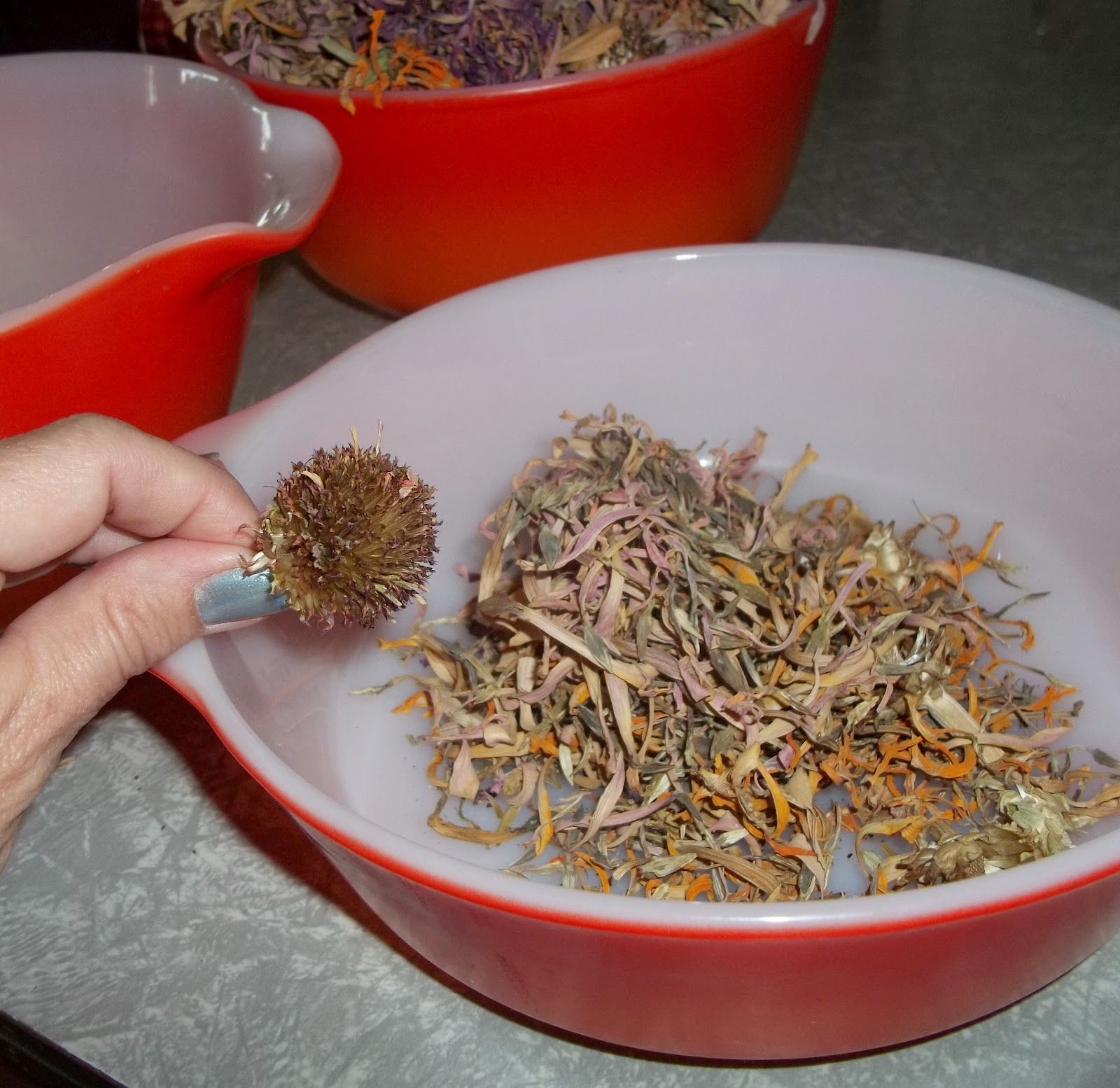

Landscaping Ideas
How To Harvest Grass Seeds
Published: January 24, 2024
Learn effective landscaping ideas for harvesting grass seeds and enhancing your outdoor space. Discover expert tips for successful grass seed harvesting.
(Many of the links in this article redirect to a specific reviewed product. Your purchase of these products through affiliate links helps to generate commission for Storables.com, at no extra cost. Learn more)
Introduction
Welcome to the wonderful world of grass seed harvesting! Whether you’re a gardening enthusiast, a landscaping aficionado, or simply someone with a passion for nurturing nature, learning how to harvest grass seeds can be an incredibly rewarding and fulfilling experience. Not only does it allow you to actively participate in the natural cycle of growth and regeneration, but it also empowers you to propagate and cultivate your favorite grass species, creating a sustainable source of seeds for future use.
In this comprehensive guide, we’ll delve into the art and science of grass seed harvesting, exploring the intricacies of selecting the right grass species, preparing for the harvesting process, and effectively collecting and storing the seeds. By the end of this journey, you’ll be equipped with the knowledge and confidence to embark on your own grass seed harvesting endeavors, enriching your outdoor spaces with the beauty and resilience of carefully preserved grass varieties.
So, roll up your sleeves, put on your gardening gloves, and let’s unlock the secrets of grass seed harvesting together!
Key Takeaways:
- Harvesting grass seeds is a rewarding way to nurture nature, contribute to biodiversity, and create sustainable landscapes by selecting, preparing, and storing seeds with care and respect.
- By understanding the timing, species selection, and storage techniques, you can play a meaningful role in conserving and propagating the resilience and diversity of native grasses for future generations.
Read more: How To Harvest Goldenrod Seeds
Understanding Grass Seed Harvesting
Grass seed harvesting is the practice of collecting mature seeds from grass plants for propagation and future use. It’s a fundamental aspect of sustainable landscaping and gardening, offering a cost-effective and environmentally friendly means of expanding or rejuvenating green spaces. By understanding the key principles of grass seed harvesting, you can harness the natural potential of grass species, contributing to biodiversity and the preservation of unique varieties.
One of the critical factors in grass seed harvesting is timing. It’s essential to wait until the seeds are fully mature before beginning the harvesting process. This typically occurs when the seeds have developed their characteristic color and hardness, indicating that they are ready for collection. Additionally, monitoring the weather conditions is crucial, as excessive moisture can impede the drying and storage of harvested seeds.
Another important consideration is the selection of grass species for seed harvesting. Not all grass varieties are suitable for this purpose, and some may require specialized techniques for successful seed collection. Understanding the specific characteristics and growth patterns of different grasses is essential for optimizing the harvesting process and ensuring the viability of the collected seeds.
Furthermore, recognizing the role of grass seeds in the overall life cycle of the plant is integral to understanding their significance. Seeds serve as the means of reproduction and dispersal for grass species, encapsulating the genetic potential for future growth and survival. By appreciating the intrinsic value of grass seeds, you can approach the harvesting process with a deeper sense of purpose and respect for the natural order.
Ultimately, grasping the nuances of grass seed harvesting empowers you to engage with the environment in a meaningful and sustainable manner. It opens doors to a world of possibilities, enabling you to cultivate and preserve the beauty of diverse grass species while contributing to the ecological balance of your surroundings.
Selecting the Right Grass for Seed Harvesting
Choosing the appropriate grass species for seed harvesting is a crucial step that significantly influences the success and outcome of the entire process. Different grasses exhibit varying characteristics, growth habits, and environmental requirements, making it essential to select the right candidates for seed collection. Here are some key considerations to keep in mind when choosing grasses for seed harvesting:
- Native Grasses: Prioritize native grass species that are well-adapted to your local climate and soil conditions. Native grasses often have evolved mechanisms for seed production and dispersal that align with the natural ecosystem, promoting resilience and sustainability.
- Desirable Traits: Identify grass species with desirable traits such as drought tolerance, disease resistance, and aesthetic appeal. By focusing on these characteristics, you can cultivate a diverse range of grasses that offer both practical benefits and visual allure.
- Growth Patterns: Consider the growth habits of different grass species, including their spreading tendencies, height variations, and maintenance requirements. Understanding these patterns enables you to select grasses that complement your landscaping goals and environmental constraints.
- Seed Viability: Evaluate the viability of the grass seeds for harvesting. Some grass species may produce seeds that are more challenging to collect or store, requiring specific techniques for successful propagation. Assessing the seed viability helps you anticipate potential challenges and adapt your harvesting approach accordingly.
Additionally, it’s beneficial to consult with local gardening experts, botanical gardens, or agricultural extension services to gain insights into the most suitable grass species for seed harvesting in your region. These resources can provide valuable information on native grasses, conservation efforts, and best practices for sustainable seed collection.
By carefully selecting the right grasses for seed harvesting, you can establish a diverse and resilient landscape that reflects the natural beauty and adaptability of indigenous flora. This deliberate approach not only enhances the ecological integrity of your surroundings but also fosters a deeper connection to the rich tapestry of native grass species.
Preparing for Grass Seed Harvesting
Before embarking on the grass seed harvesting journey, it’s essential to make thorough preparations to ensure a smooth and successful process. Adequate planning and readiness play a pivotal role in optimizing the yield and quality of the harvested seeds. Here are the key steps to consider when preparing for grass seed harvesting:
- Timing and Observation: Monitor the growth and maturation of the grass seeds closely. Timing is critical, and it’s important to wait until the seeds have reached full maturity before initiating the harvesting process. This involves observing the color, texture, and overall development of the seeds to determine the optimal harvest time.
- Weather Conditions: Assess the prevailing weather conditions and forecast to identify a suitable window for seed harvesting. Ideally, choose a period of dry weather to facilitate the drying and storage of the collected seeds. Excessive moisture can compromise the quality and viability of the seeds, so planning around favorable weather is essential.
- Equipment and Tools: Gather the necessary equipment and tools for seed harvesting, including sharp scissors or pruning shears for cutting seed heads, breathable containers for seed collection, and labels for identifying different seed varieties. Ensuring that your tools are clean and in good condition helps maintain the integrity of the harvested seeds.
- Site Preparation: Prepare the designated harvesting areas by clearing any debris, weeds, or competing vegetation that may interfere with the seed collection process. Creating a clean and organized space for harvesting minimizes the risk of contamination and simplifies the task of gathering seeds.
- Documentation and Record-Keeping: Keep detailed records of the grass species, harvest dates, and specific locations where seeds are collected. This documentation not only serves as a reference for future propagation but also contributes to the conservation and cataloging of local grass diversity.
Furthermore, it’s beneficial to familiarize yourself with the specific characteristics of the grass species you intend to harvest. Understanding the seed head structures, dispersal mechanisms, and growth habits of different grasses enhances your efficiency and precision during the harvesting process.
By diligently preparing for grass seed harvesting, you set the stage for a rewarding and productive endeavor, laying the groundwork for the sustainable propagation and preservation of diverse grass species.
When harvesting grass seeds, wait until the seed heads are mature and dry. Cut the seed heads and place them in a paper bag to continue drying. Shake the bag to release the seeds, then store them in a cool, dry place.
Harvesting Grass Seeds
The process of harvesting grass seeds requires attention to detail, patience, and a deep appreciation for the natural rhythms of plant life. By following specific techniques and best practices, you can effectively collect mature seeds while preserving their viability for future propagation. Here’s a step-by-step guide to harvesting grass seeds:
- Identifying Seed Maturity: Before commencing the harvest, carefully inspect the grass seed heads to ensure that the seeds have reached full maturity. Mature seeds often exhibit a distinct color, such as golden brown or straw-like hues, and have a firm, hardened texture. Avoid harvesting seeds that appear underdeveloped or discolored, as they may not germinate effectively.
- Selective Harvesting: Focus on harvesting seeds from healthy, vigorous grass plants that demonstrate desirable traits and characteristics. Choose seed heads that are free from damage, mold, or pest infestation, as these factors can compromise the quality of the collected seeds.
- Cutting and Collecting: Using sharp scissors or pruning shears, carefully cut the seed heads from the grass plants, ensuring that the stems are of sufficient length to facilitate handling. Place the harvested seed heads in breathable containers or paper bags to allow for air circulation and prevent moisture buildup.
- Drying the Seeds: Once the seed heads are collected, transfer them to a well-ventilated, dry area with low humidity. Spread the seed heads in a single layer on screens or trays, allowing them to air dry thoroughly. Periodically agitate or gently stir the seeds to promote even drying and prevent clumping.
- Threshing and Cleaning: After the seeds have dried completely, gently thresh the seed heads to release the individual seeds. This can be done by hand or using specialized equipment designed for seed separation. Remove any chaff, debris, or non-seed materials from the collected seeds through winnowing or sieving.
- Labeling and Storage: Label the harvested seeds with pertinent information, including the species name, harvest date, and any specific characteristics or traits. Store the seeds in breathable containers or paper envelopes, placing them in a cool, dry location away from direct sunlight. Properly stored seeds can remain viable for an extended period, ready for sowing when the time is right.
It’s important to approach the harvesting process with care and respect for the natural resources, ensuring that the seeds are collected ethically and sustainably. By following these guidelines, you can gather and preserve grass seeds with the utmost integrity, contributing to the conservation and enrichment of your local ecosystem.
Read more: How To Harvest Garlic Seeds
Storing and Using Harvested Grass Seeds
Proper storage of harvested grass seeds is essential for maintaining their viability and ensuring successful germination when the time comes to sow them. By implementing appropriate storage practices and understanding the factors that influence seed longevity, you can preserve the genetic potential of the seeds for future landscaping and restoration projects. Here’s a comprehensive approach to storing and utilizing harvested grass seeds:
- Optimal Storage Conditions: Store the harvested seeds in a cool, dry environment with consistent temperature and low humidity. Excessive heat and moisture can compromise seed viability, so aim to maintain stable storage conditions to prolong the seeds’ shelf life.
- Container Selection: Choose breathable containers or paper envelopes for seed storage, as these allow for air circulation and help prevent the buildup of moisture. Avoid airtight or plastic containers, as they can create a condensation-prone environment that may harm the seeds.
- Labeling and Documentation: Clearly label the seed containers with essential information, including the species name, harvest date, and any specific traits or characteristics of the seeds. Maintaining detailed records facilitates organized seed management and ensures accurate identification when it’s time to use the seeds.
- Seed Viability Testing: Periodically assess the viability of stored seeds by conducting germination tests. This involves planting a sample of the seeds under controlled conditions to determine their germination rate and vigor. Testing seed viability helps gauge the remaining potential for successful germination and informs decisions about seed usage.
- Seed Stratification (if applicable): Some grass species benefit from a period of cold, moist stratification to break dormancy and enhance germination. If the harvested seeds necessitate stratification, follow the specific stratification requirements for each grass species to optimize their germination potential.
- Utilization in Landscaping Projects: When the time is right, incorporate the harvested grass seeds into landscaping and restoration initiatives. Whether you’re establishing new lawns, enhancing meadow habitats, or participating in ecological restoration efforts, the stored seeds serve as a valuable resource for enriching and diversifying outdoor spaces.
By adhering to these storage guidelines and practices, you can safeguard the vitality of harvested grass seeds, unlocking their potential to contribute to the beauty and resilience of landscapes for years to come.
Conclusion
Congratulations on embarking on the enlightening journey of grass seed harvesting! Throughout this guide, we’ve explored the intricacies of selecting, preparing, harvesting, and preserving grass seeds, equipping you with the knowledge and confidence to engage in this enriching practice. As you conclude this learning experience, it’s essential to reflect on the significance of grass seed harvesting and its profound impact on sustainable landscaping, biodiversity conservation, and the cultivation of vibrant outdoor spaces.
Grass seed harvesting transcends the simple act of collecting seeds; it embodies a harmonious relationship with nature, fostering an appreciation for the resilience and diversity of grass species. By carefully selecting native grasses, preparing thoughtfully for the harvesting process, and meticulously collecting and storing the seeds, you actively contribute to the preservation of local ecosystems and the promotion of ecological balance.
Furthermore, the stored seeds serve as a reservoir of potential, ready to breathe life into future landscaping projects, restoration initiatives, and the creation of biodiverse habitats. Your efforts in harvesting and preserving grass seeds pave the way for sustainable stewardship of the environment, allowing you to play a meaningful role in the conservation and propagation of indigenous flora.
As you venture forth with your newfound knowledge of grass seed harvesting, remember to approach this practice with reverence and mindfulness. Each seed represents a testament to the resilience and adaptability of grass species, and your stewardship ensures that their legacy endures for generations to come.
So, whether you’re rejuvenating a meadow, establishing a native grass lawn, or contributing to the restoration of natural habitats, the seeds you harvest are emblematic of your dedication to nurturing the beauty and vitality of the outdoor world. Embrace the art of grass seed harvesting as a conduit for sustainable growth, a celebration of biodiversity, and a testament to the enduring power of nature’s regenerative spirit.
May your future endeavors in grass seed harvesting be bountiful, rewarding, and deeply enriching. Let the seeds you collect be the seeds of change, sowing the promise of a greener, more vibrant tomorrow.
Frequently Asked Questions about How To Harvest Grass Seeds
Was this page helpful?
At Storables.com, we guarantee accurate and reliable information. Our content, validated by Expert Board Contributors, is crafted following stringent Editorial Policies. We're committed to providing you with well-researched, expert-backed insights for all your informational needs.
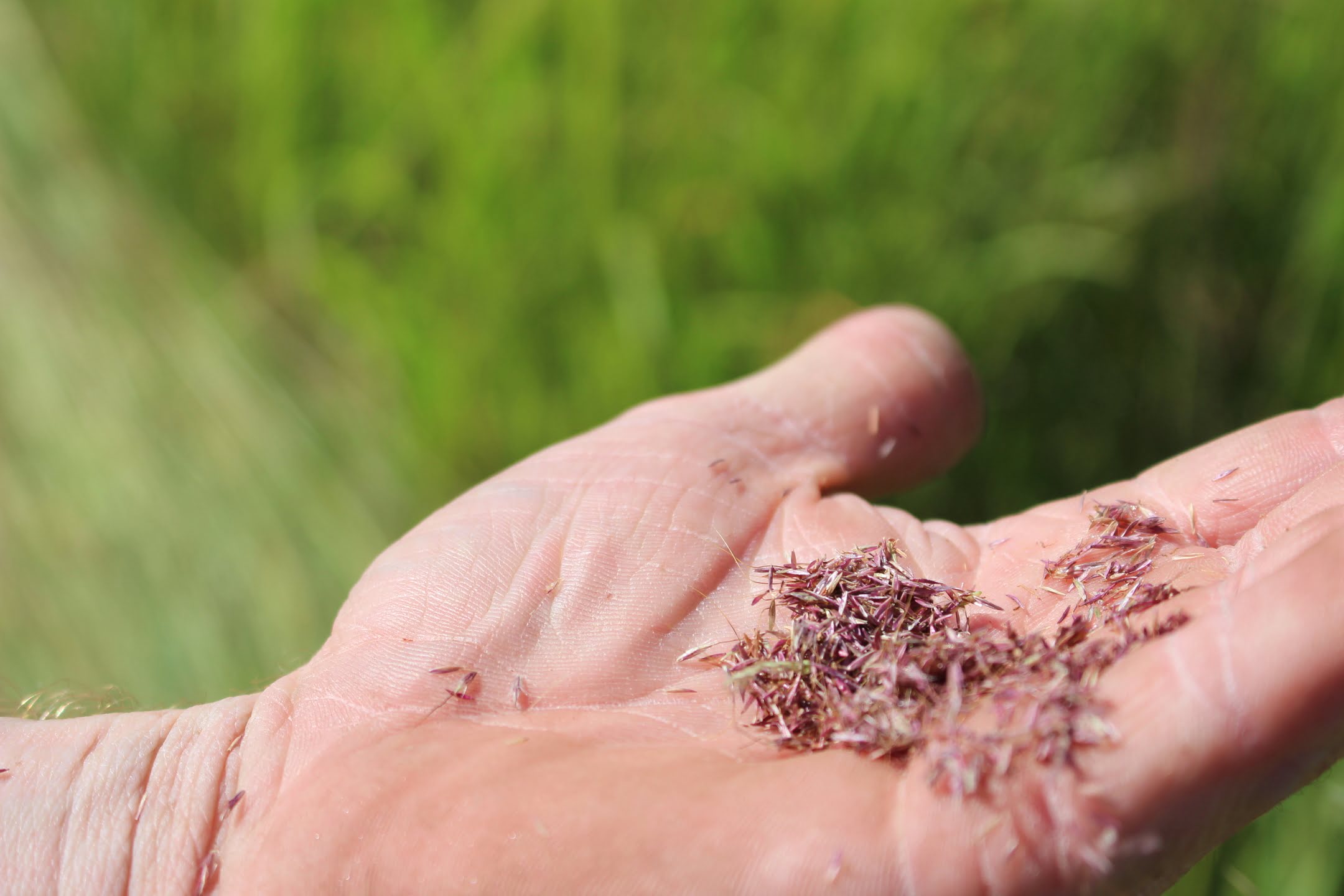
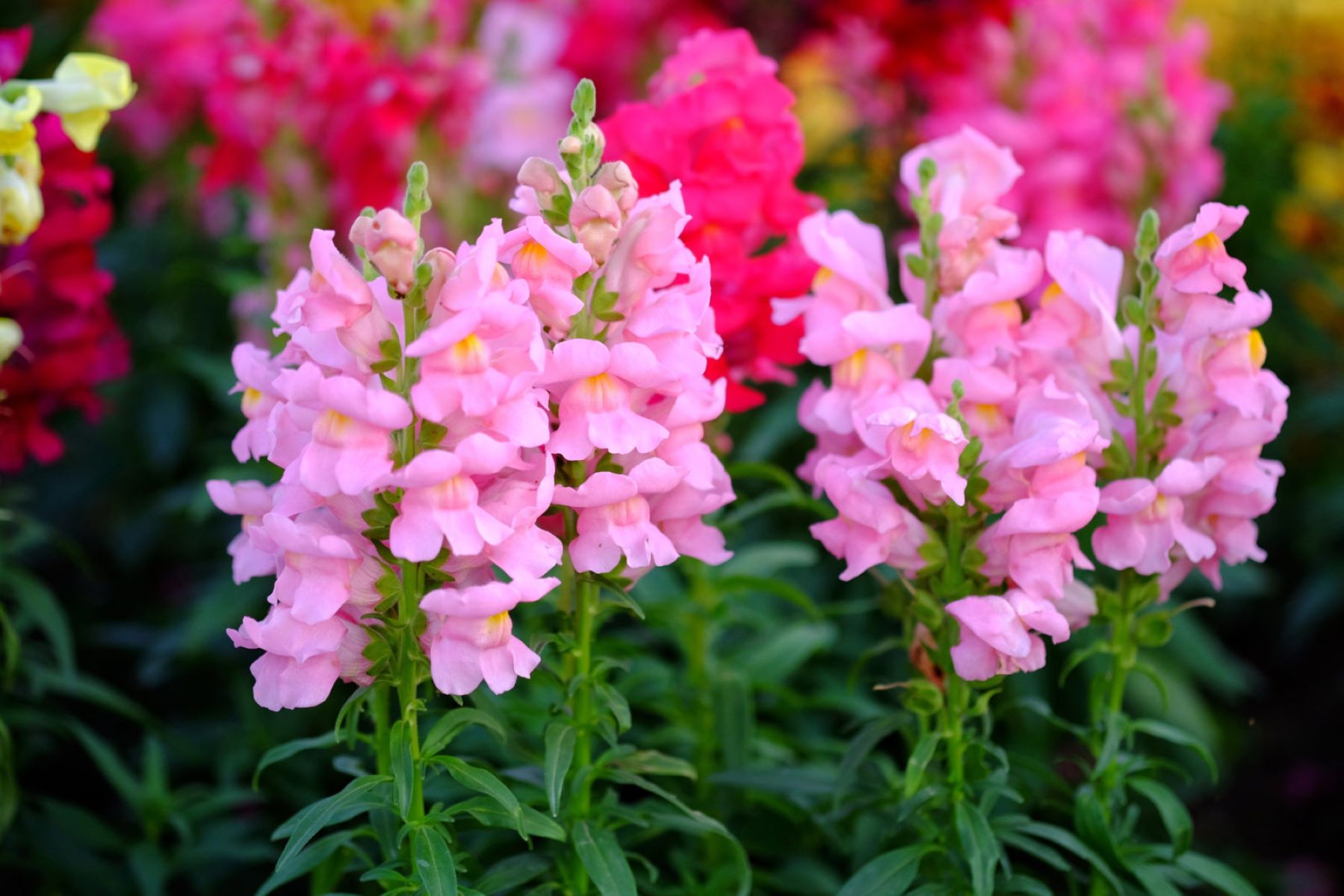
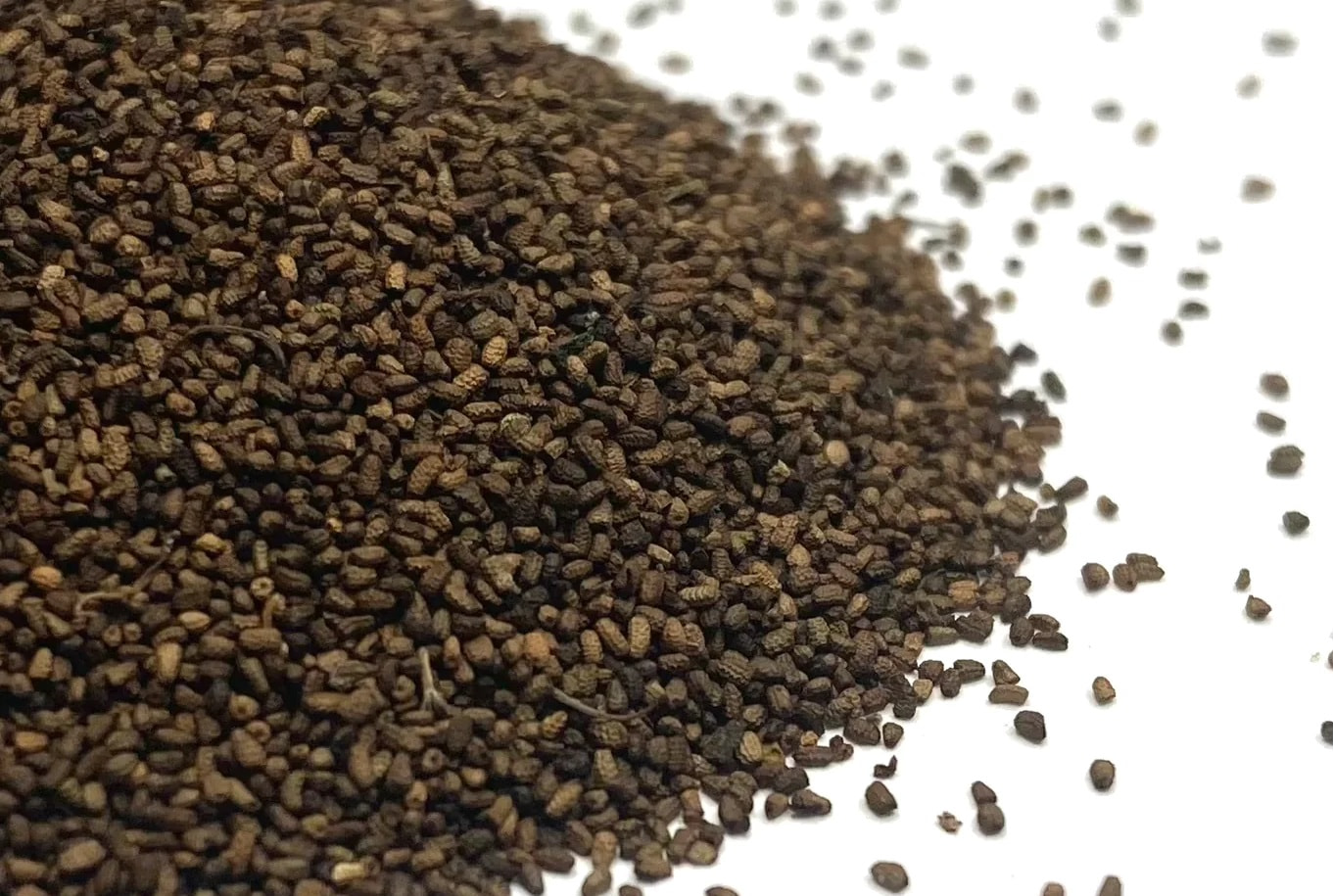
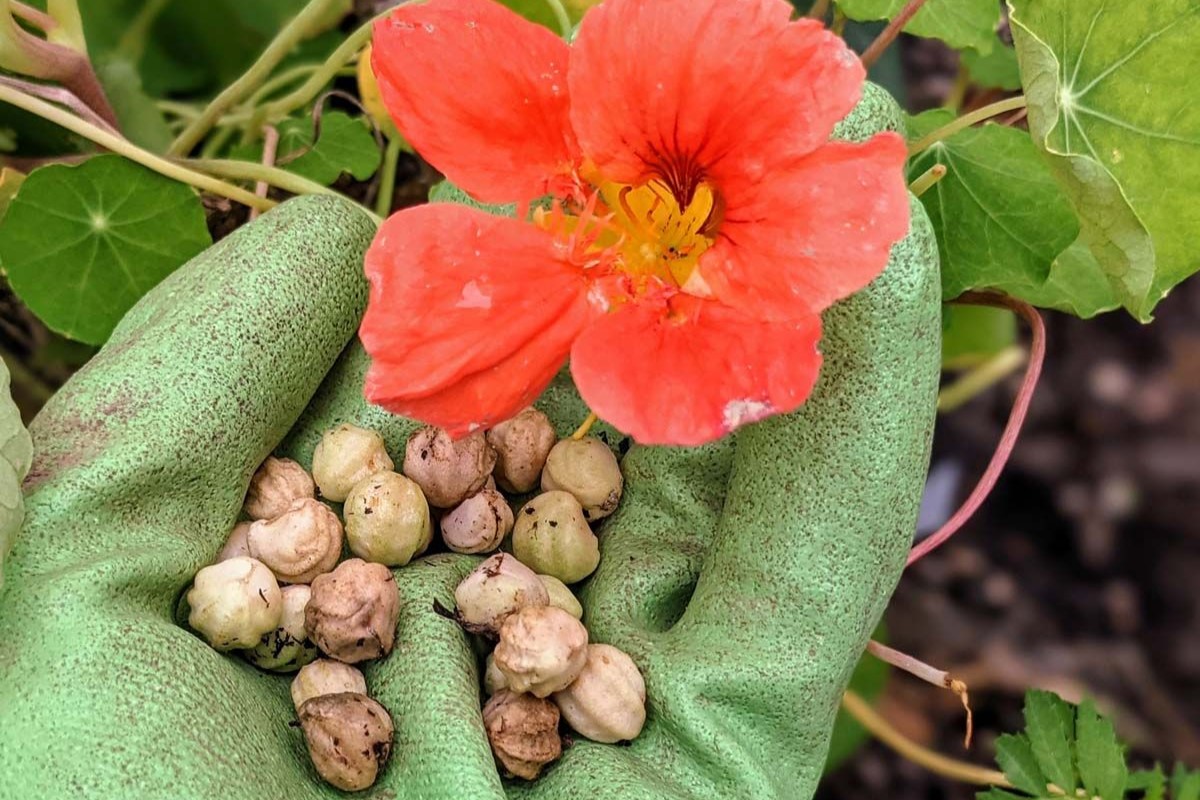
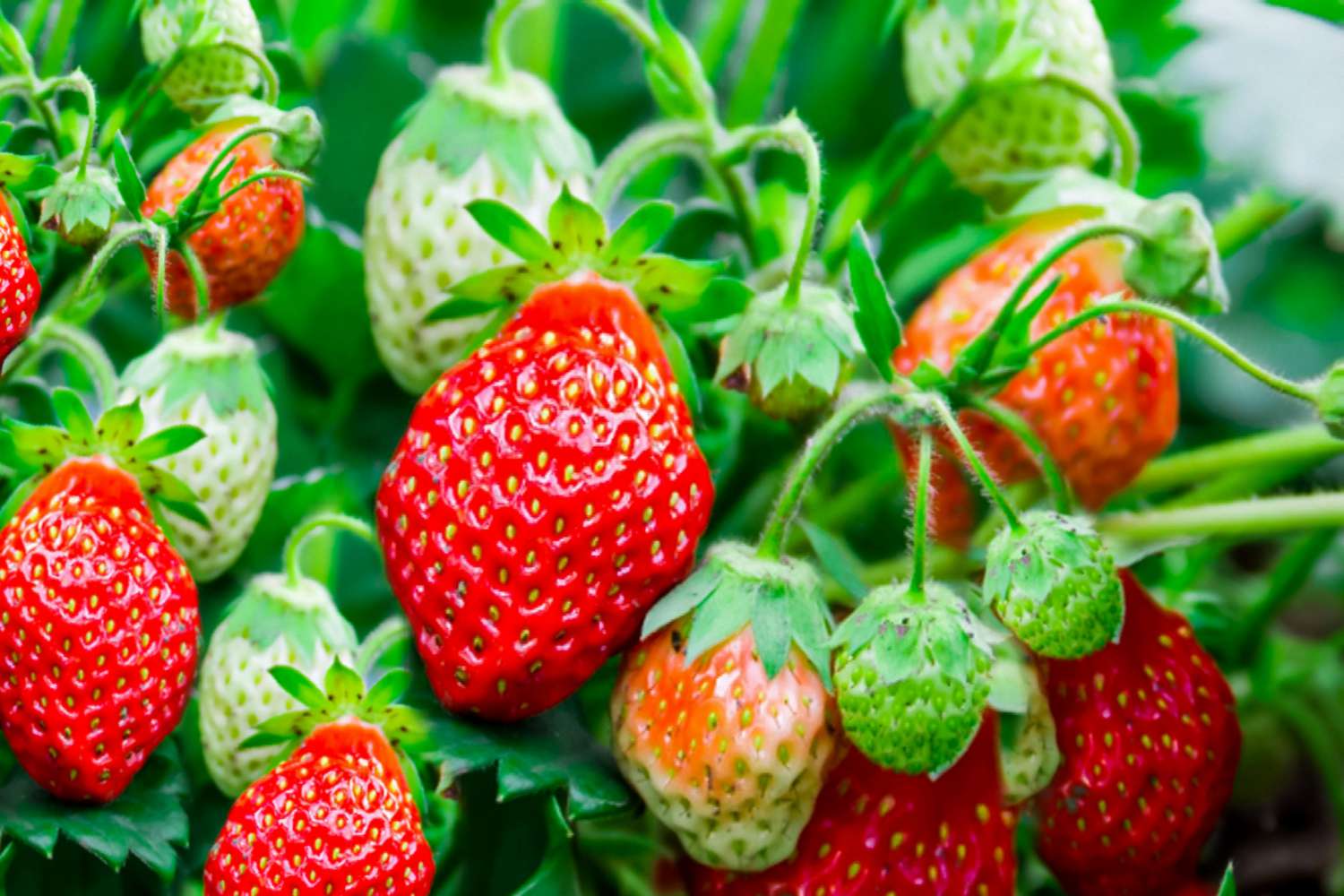
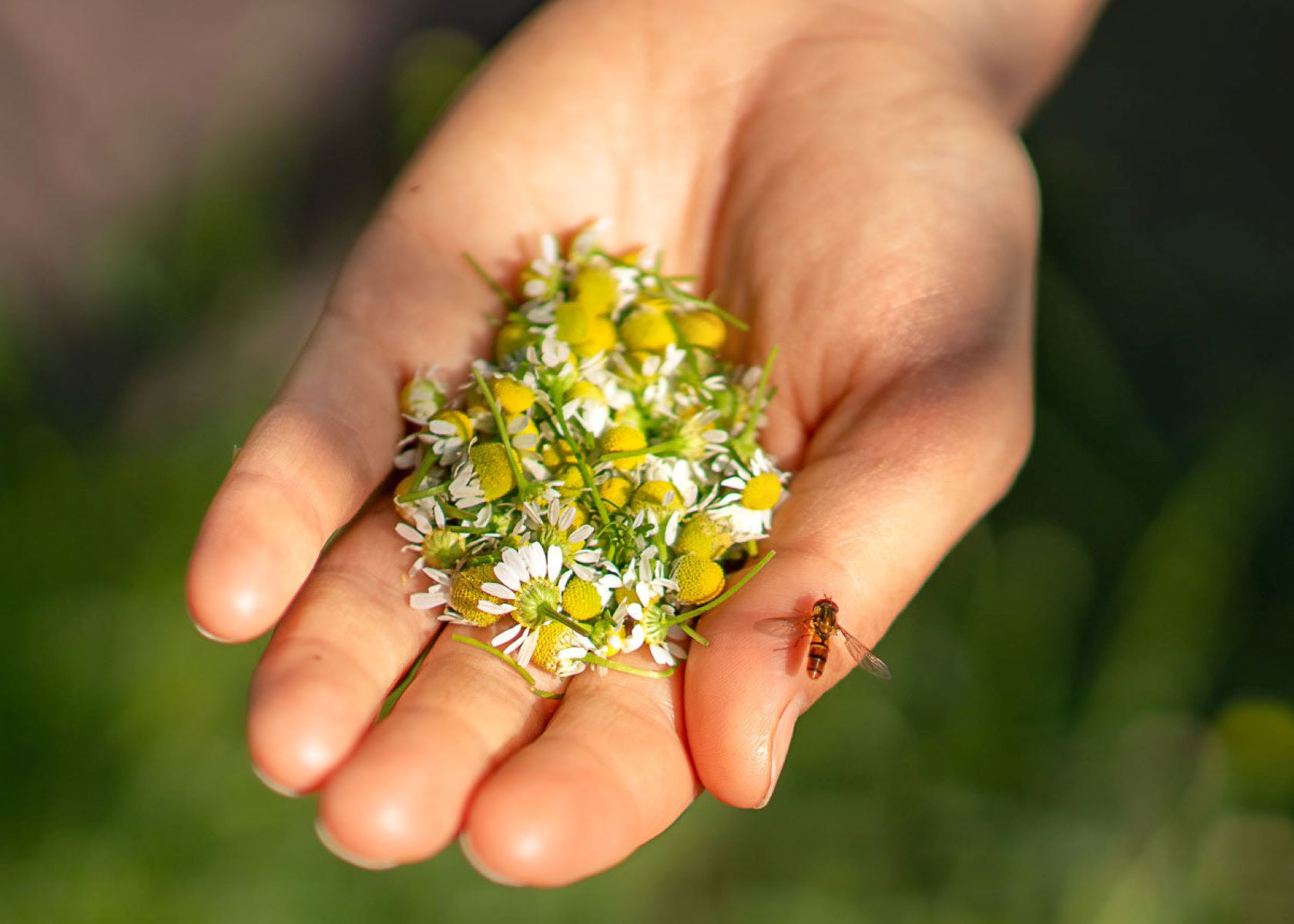
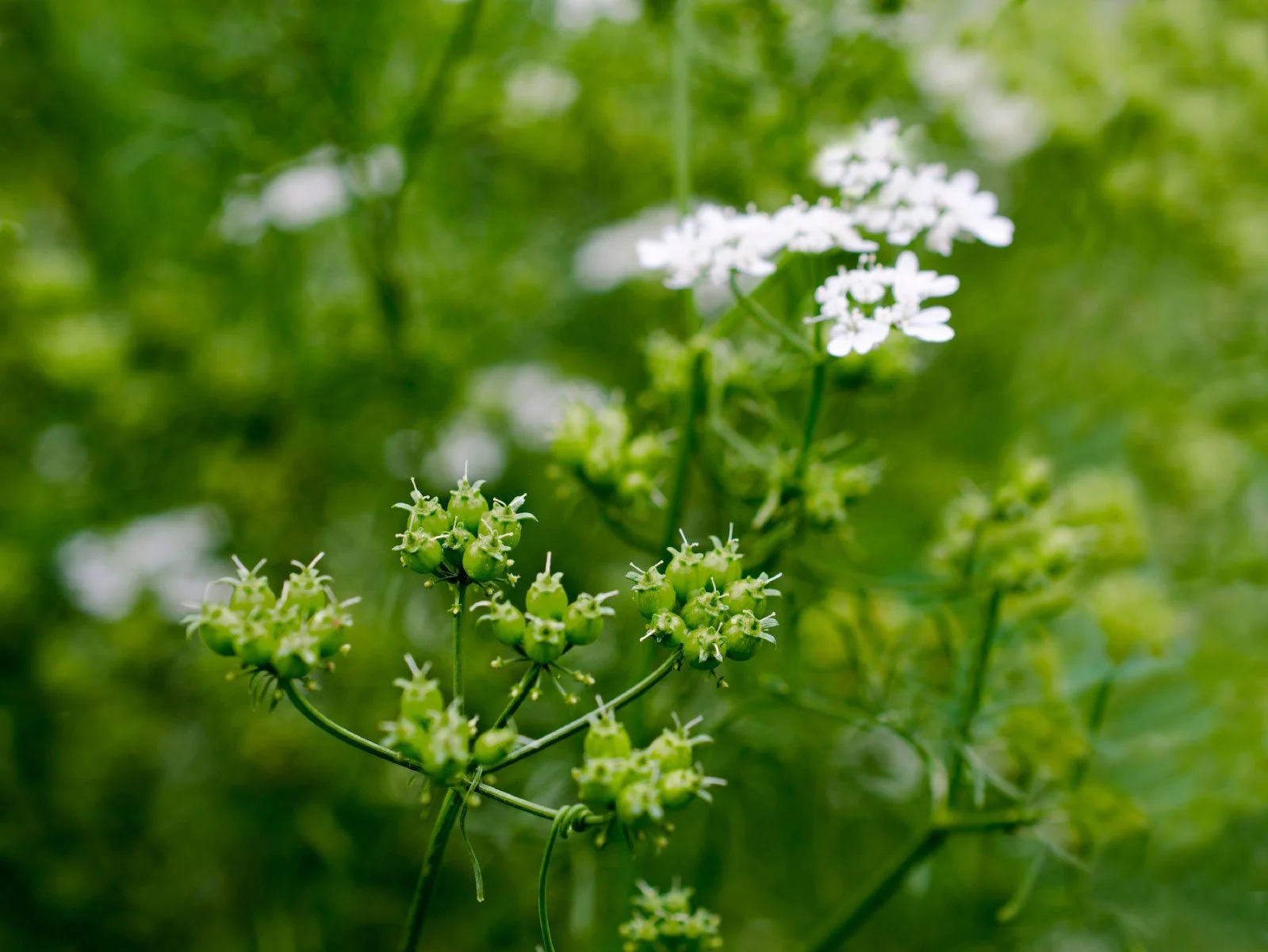
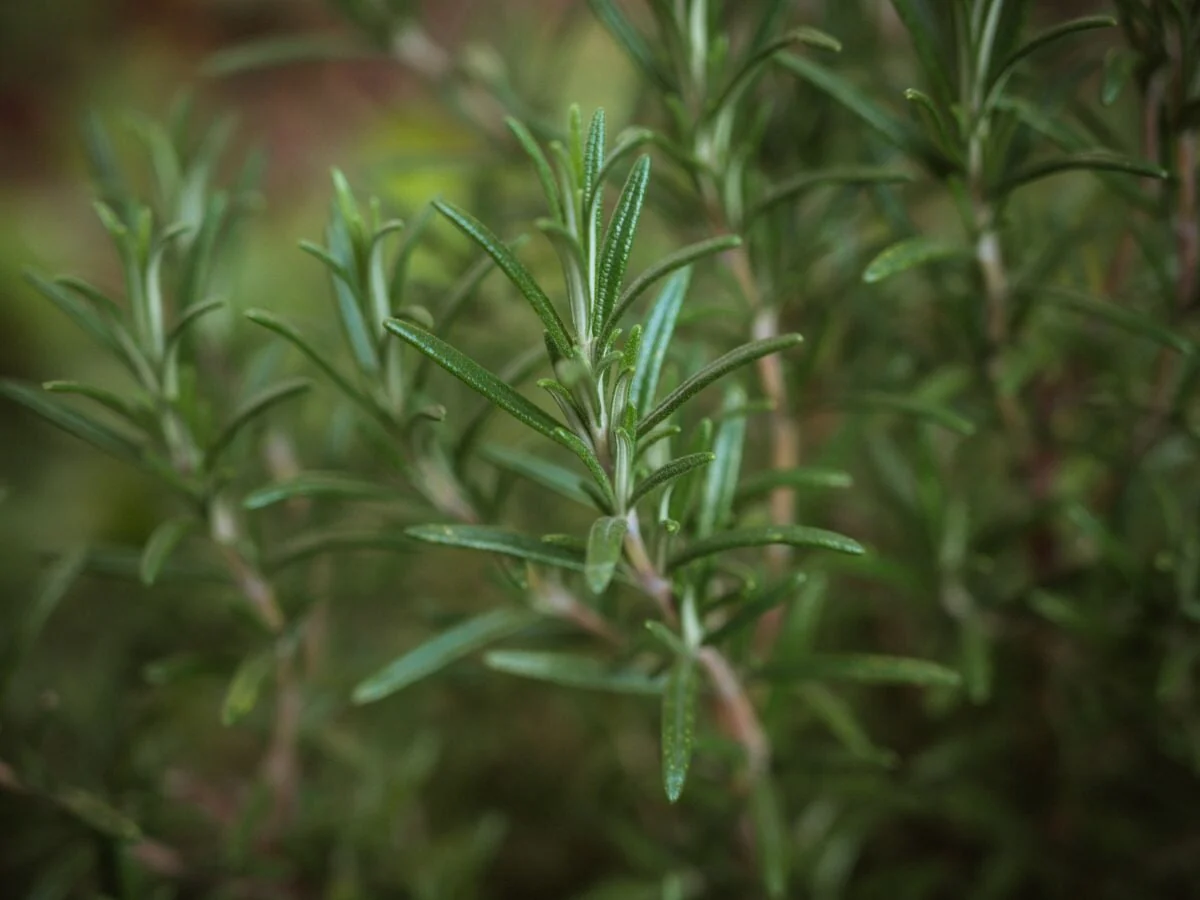
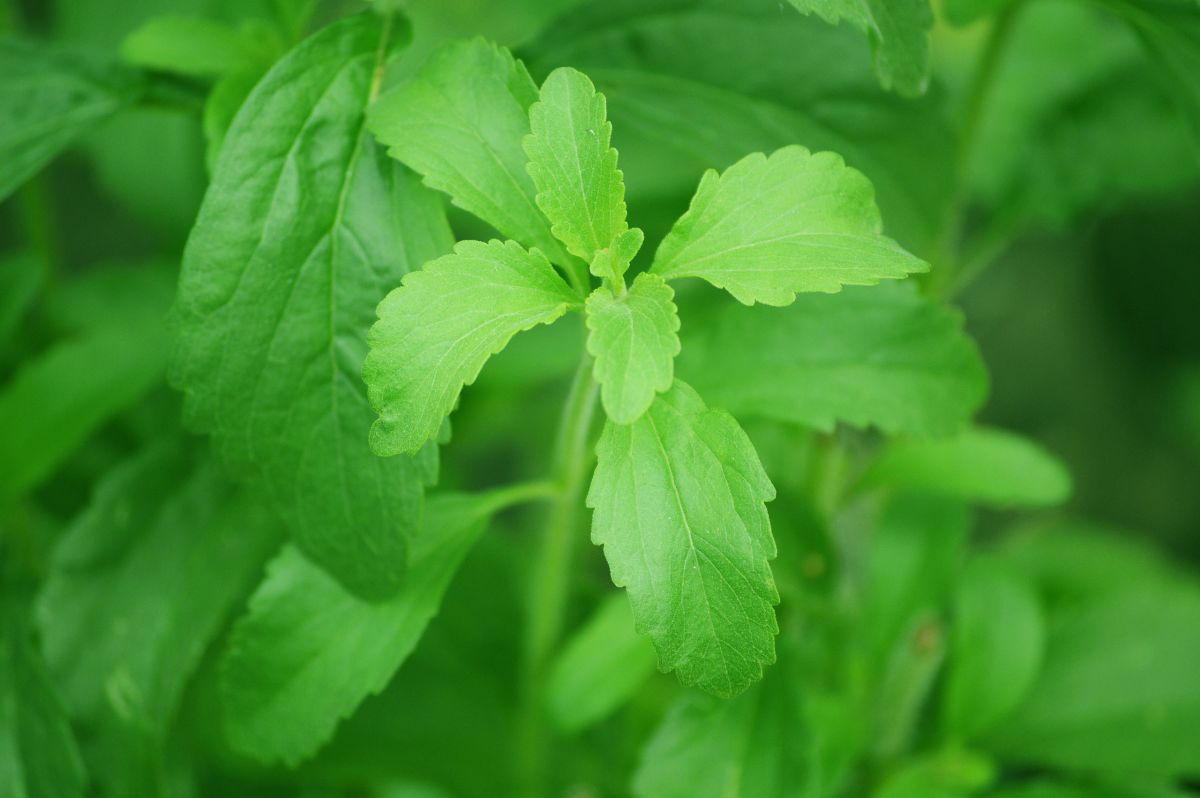
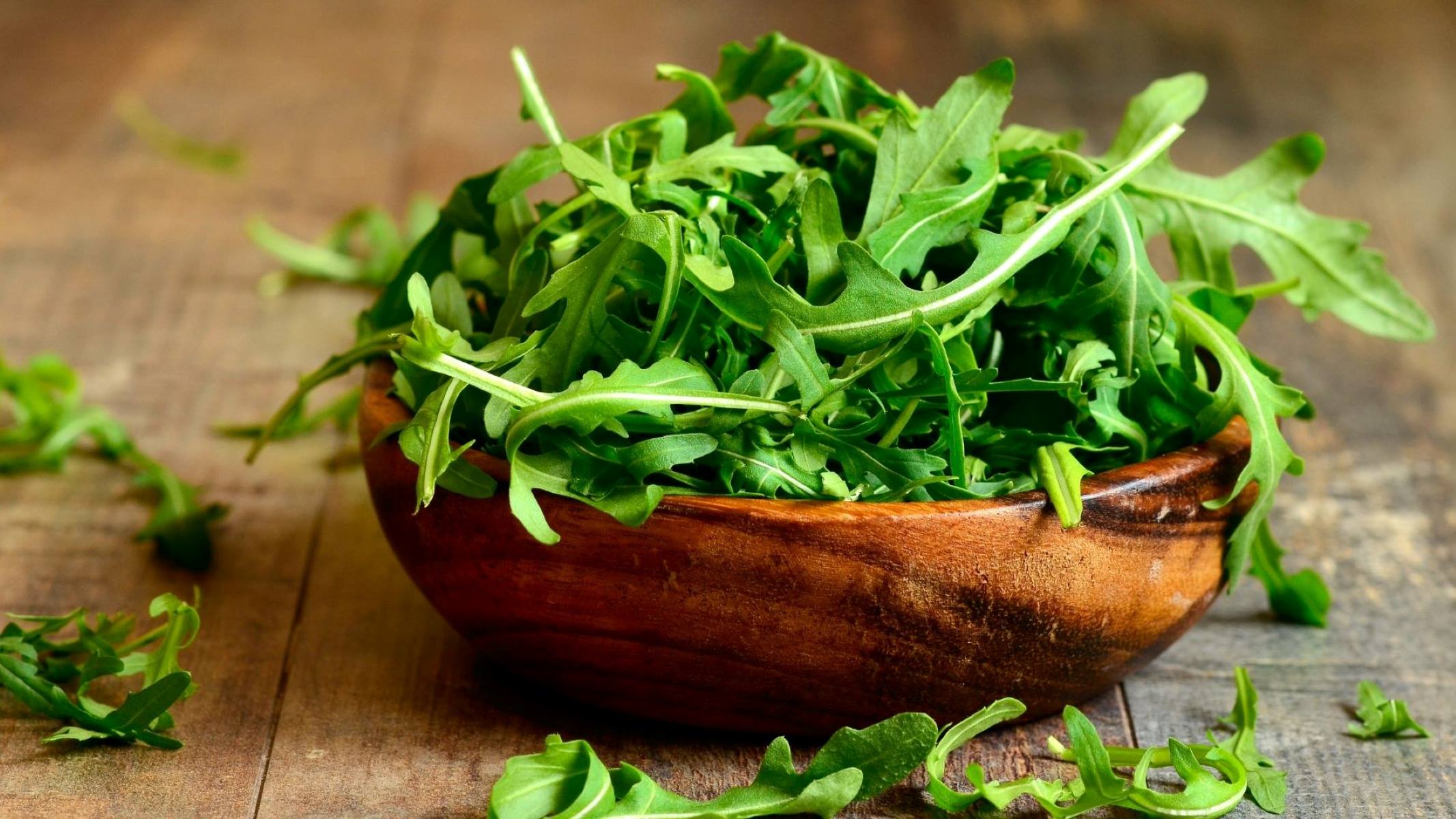
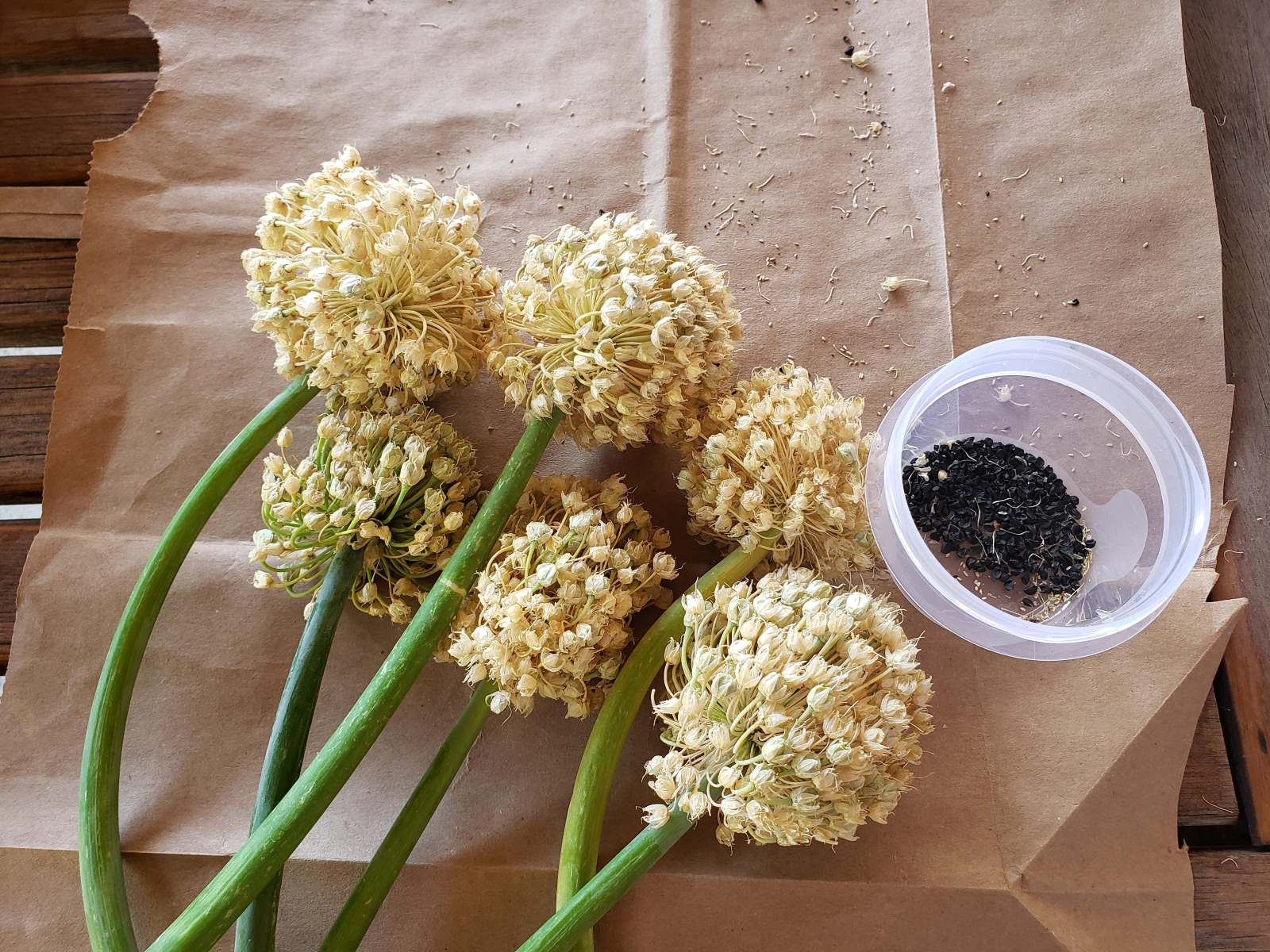
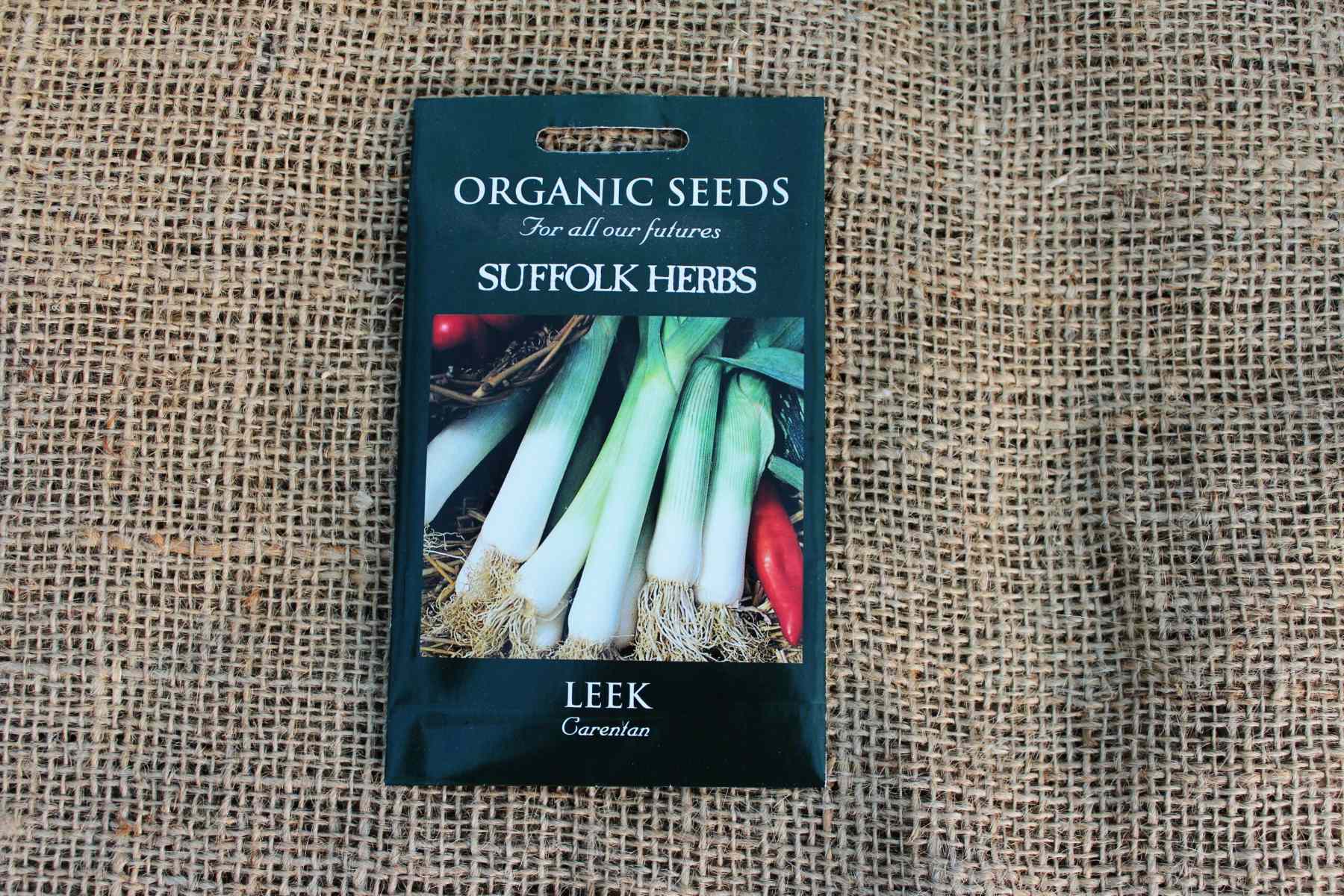
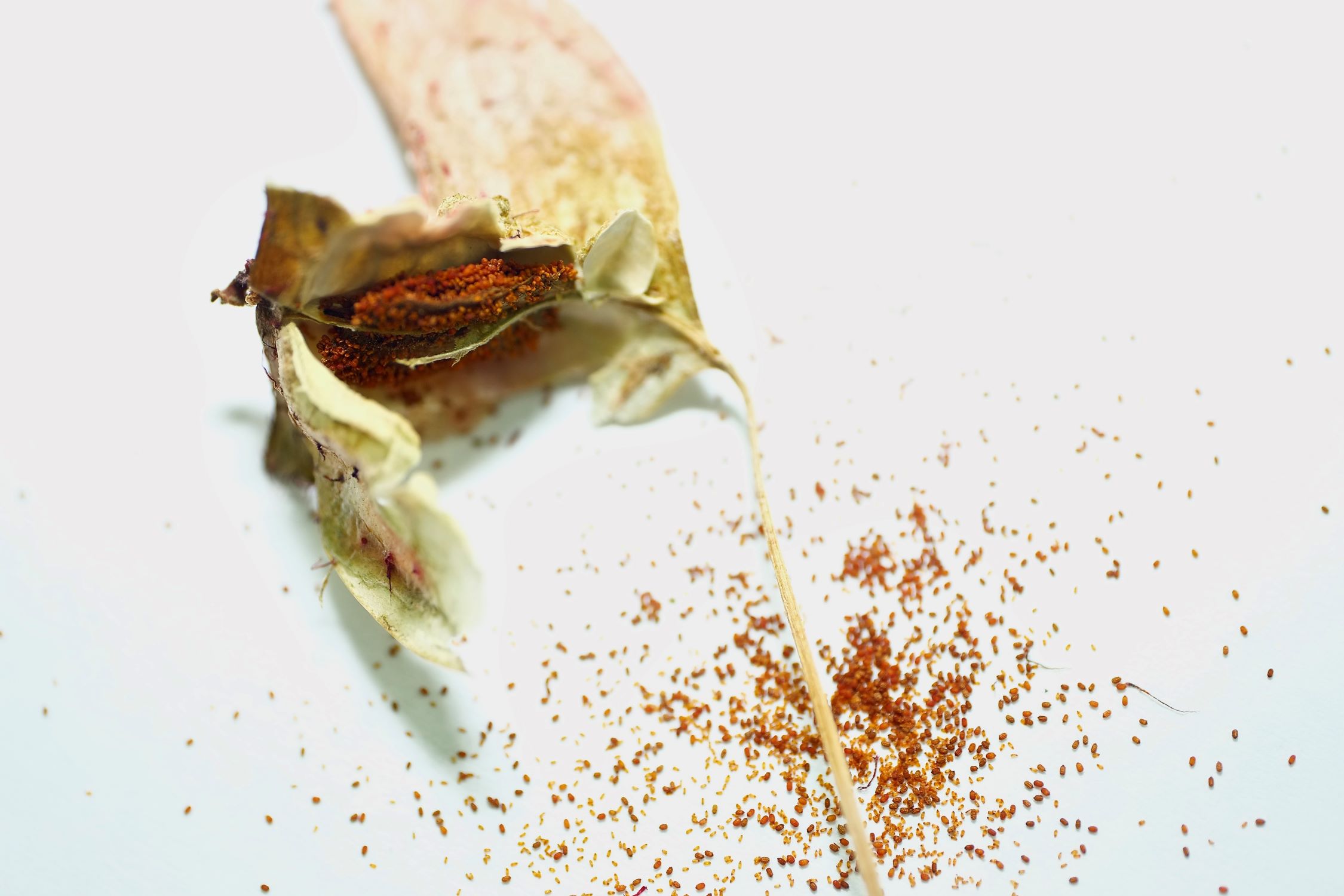
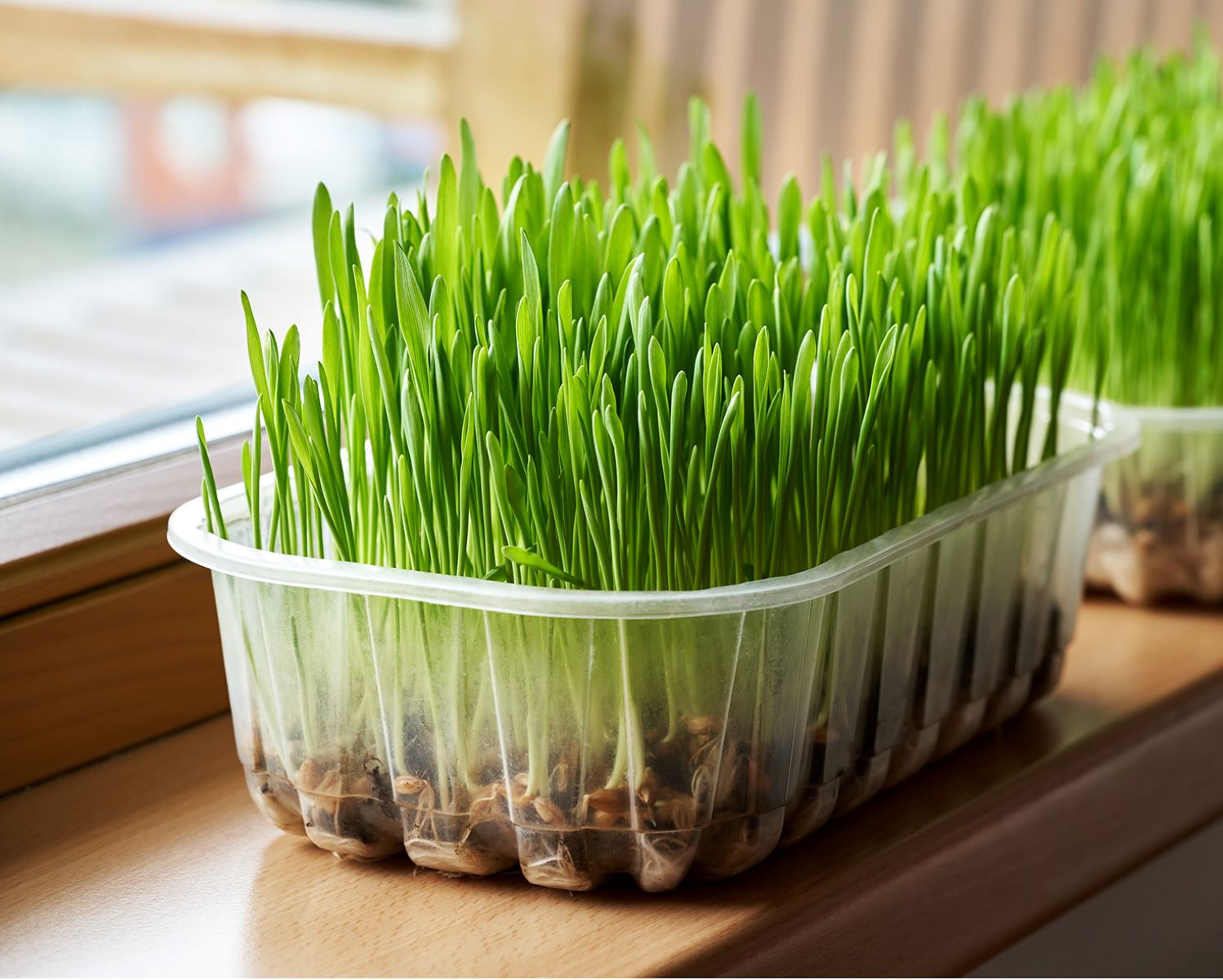

0 thoughts on “How To Harvest Grass Seeds”